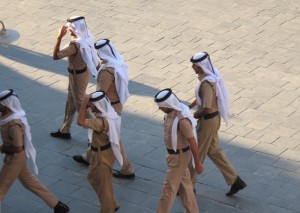 Bryan “the cooling is coming” Leyland, energy and economics spokesman for the NZ Climate “Science” Coalition, affiliate of various other coalitions, and a man with a penchant for writing to the UN Secretary General ((As I suggested, his fingerprints were all over the text.)), has joined Principia Scientific International, the internet home for the bewildered and deluded set up by John O’Sullivan, and chaired by Canadian crank Tim Ball. Vincent Gray, another NZ C”S”C luminary, has also joined the group.
Bryan “the cooling is coming” Leyland, energy and economics spokesman for the NZ Climate “Science” Coalition, affiliate of various other coalitions, and a man with a penchant for writing to the UN Secretary General ((As I suggested, his fingerprints were all over the text.)), has joined Principia Scientific International, the internet home for the bewildered and deluded set up by John O’Sullivan, and chaired by Canadian crank Tim Ball. Vincent Gray, another NZ C”S”C luminary, has also joined the group.
Regular readers will recall that O’Sullivan has a long track record ((His PSI bio still includes the claim that he has written for the National Review, China Daily, and India Times, despite my pointing out this was a lie 18 months ago.)) of misrepresenting his background and making stupid errors of fact in his blog posts, so it is at least within the bounds of possibility that he is making all this up — but if we take what O’Sullivan writes at face value, then Leyland is now a member of an organisation that exists to deny the greenhouse effect. Just look at the titles of the two most recent articles posted to the PSI web site: Greenhouse Effect Refutation, and Absence of a Measurable Greenhouse Effect. But then as Leyland’s web site includes this chilling little observation…
The last sunspot cycle was 12.5 years and the previous one was 9.5 years. The evidence tells us that a 3 year increase in cycle length will result in cooling of at least 1°C. As the total amount of warming that has occurred since the early 1900s is 0.7°C, this is potentially very serious. We could be returning to the conditions in the little ice age.
…perhaps we shouldn’t be surprised that he has chosen to throw in his lot with the physics deniers O’Sullivan has gathered around himself. Not a good look, however, for someone who still pretends to have a grasp on reality. I wonder if the NZ media, ever prone to giving Leyland’s thoughts on climate an airing, will notice his retreat from the real world?
Like this:
Like Loading...


 Bryan “
Bryan “
You must be logged in to post a comment.